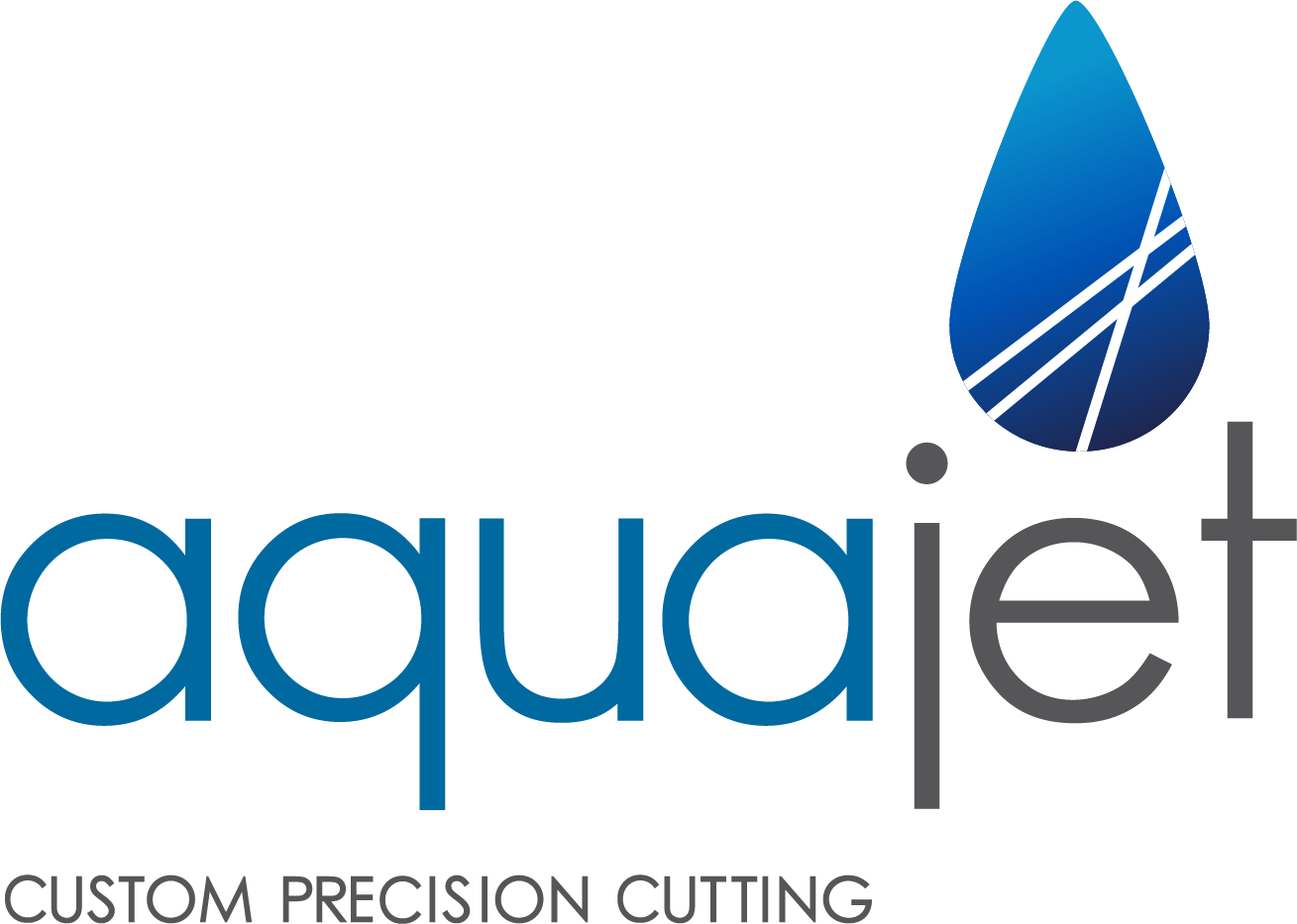The Precision and Versatility of Abrasive Water Jet Cutting
Precision Abrasive Water Jet Cutting with Fast Turnaround
At Aquajet, we specialize in abrasive water jet cutting, delivering high-precision cuts on a wide range of materials, including metals, composites, glass, and stone. Our cutting-edge technology allows us to meet tight deadlines while offering competitive pricing, making us the ideal choice for projects requiring accuracy and speed.
Why Choose Aquajet for Abrasive Water Jet Cutting?
Versatile Material Capabilities
Our water jet cutting can handle virtually any material, from metals like aluminum and steel to delicate materials such as glass and composites. This makes us a go-to solution for diverse industries.
High Precision Without Heat Damage
Using abrasive water jets, we cut materials with no heat-affected zones, ensuring clean edges and maintaining the integrity of your components, especially for intricate or delicate designs.
Fast Turnaround & Competitive Pricing
We know that time and budget are critical. With our efficient cutting processes, we offer fast turnaround times without compromising quality, all while keeping costs competitive.
Custom Cutting Solutions
Whether you need large production runs or custom pieces, our water jet cutting services are tailored to your exact requirements, providing precision and flexibility in every project.
Applications We Serve
Our abrasive water jet cutting is ideal for various industries, including:
- Aerospace
- Automotive
- Architecture
- Manufacturing
- Art and Design
Fast Quotes, Faster Service
For fast, precise, and cost-effective abrasive water jet cutting, Aquajet has you covered. Contact us today for a quick quote and discover how our expertise can meet your project needs.
Aquajet—where precision meets speed, and quality doesn’t have to come at a premium. Let us help you keep your project on track and under budget with expert busbar cutting services.
512-985-6600
